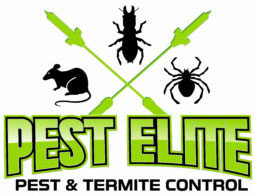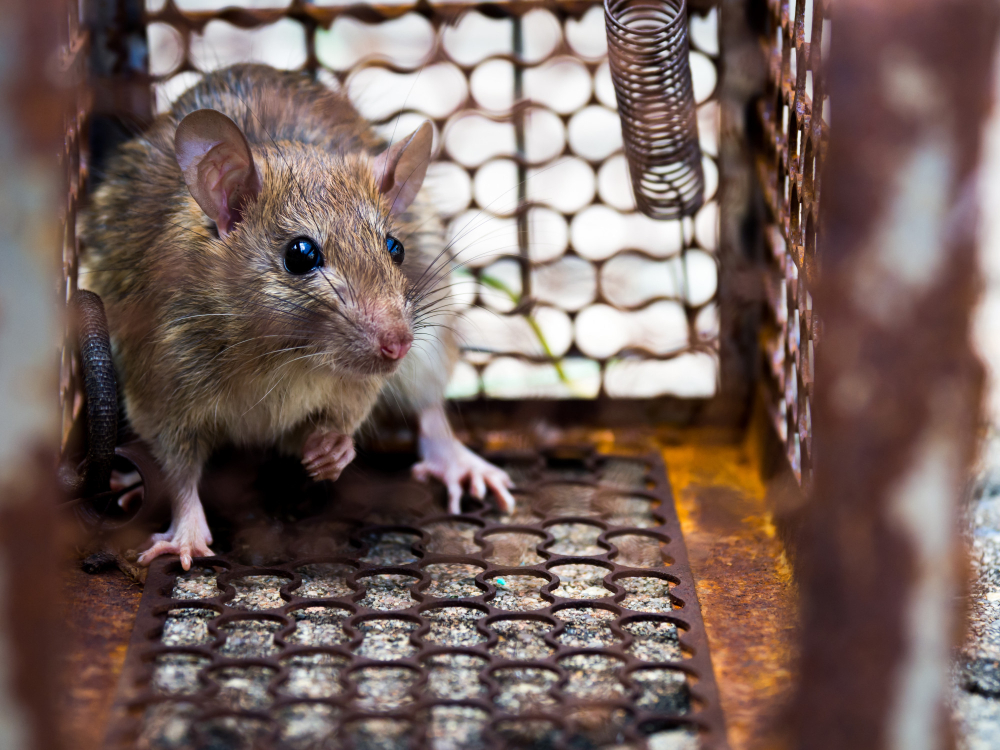Rodents, such as rats and mice, can be a nuisance and a health hazard when they infest homes and offices. These elusive creatures can cause property damage, contaminate food, and spread diseases. Removing rodents from a home or office is crucial to ensure a safe and hygienic environment for occupants. This essay explores various effective rodent removal strategies that can be employed to combat rodent infestations in residential and commercial settings.
Understanding Rodent Behavior and Habits
To effectively remove rodents, it is essential to understand their behavior and habits. Rodents are nocturnal creatures that prefer dark, secluded areas to nest and hide during the day. They are highly adaptable and can squeeze through small openings, making it challenging to prevent their entry. Understanding their nesting preferences and patterns will help in identifying potential hiding spots and strategizing removal methods.
Rodent Prevention Measures
Prevention is key to managing rodent infestations in the long term. Implementing preventative measures will help keep rodents at bay and reduce the risk of future invasions. Some effective prevention techniques include:
- Sealing Entry Points: Conduct a thorough inspection of the building and seal any cracks, gaps, or openings that rodents can use to enter.
- Proper Food Storage: Store food in airtight containers and avoid leaving food scraps or crumbs lying around.
- Regular Cleaning: Keep the premises clean and free of clutter to eliminate potential hiding spots for rodents.
- Proper Waste Disposal: Ensure proper waste disposal and garbage management to prevent attracting rodents with food sources.
Trapping and Baiting Techniques
Trapping and baiting are traditional methods used for rodent removal. Different types of traps, such as snap traps, live traps, and glue boards, can be strategically placed in areas where rodent activity is observed. Baiting involves using rodenticides or attractants to lure rodents into consuming poison, leading to their demise. However, proper handling and placement of baits are crucial to minimize the risk of harm to non-target animals and humans.
Integrated Pest Management (IPM) Approach
An Integrated Pest Management (IPM) approach combines multiple strategies to manage rodent infestations effectively. IPM focuses on prevention, monitoring, and using the least toxic and environmentally friendly solutions first. This approach includes:
- Inspection and Identification: A thorough inspection is conducted to identify the extent of the infestation and the type of rodents present.
- Exclusion Techniques: Implementing measures to seal entry points and prevent rodents from accessing the building.
- Sanitation and Hygiene: Maintaining a clean environment to remove potential food sources for rodents.
- Monitoring and Follow-Up: Regular monitoring is crucial to assess the effectiveness of the treatment and make any necessary adjustments.
Ultrasonic Devices and Natural Predators
Ultrasonic devices emit high-frequency sounds that are unpleasant to rodents, causing them to leave the area. While these devices are non-toxic and safe for humans, their effectiveness may vary depending on the rodent species and the environment. Additionally, introducing natural predators, such as barn owls or cats, can serve as a biological control method, keeping rodent populations in check.
Professional Pest Control Services
In severe infestations or cases where DIY methods are ineffective, seeking professional pest control services is advisable. Pest control experts are trained to handle rodent removal safely and efficiently. They use a combination of methods tailored to the specific infestation and ensure that the process adheres to safety and environmental standards.
Safety Considerations
During rodent removal efforts, safety should always be a top priority. Rodenticides and traps can pose risks to humans and non-target animals if not used properly. It is essential to read and follow the instructions provided by the manufacturer when using any rodent control product. Additionally, using non-toxic and eco-friendly methods, such as exclusion and sanitation, can minimize potential hazards.
Conclusion
Removing rodents from homes and offices requires a comprehensive and well-planned approach that includes prevention, trapping, baiting, and a focus on environmental sustainability. By understanding rodent behavior, implementing preventive measures, and combining different strategies, occupants can create a rodent-free environment that ensures the health, safety, and comfort of everyone. Emphasizing the importance of professional pest control services and safe handling of rodent control products will lead to successful rodent removal and long-term prevention.


